Why are large-scale remote mobile communication carts being used for remote classrooms and training centers?
Remote mobile communication carts are being used in remote classrooms and training centers for several reasons, providing flexibility and enhancing the learning experience. Here are some key reasons for their use:
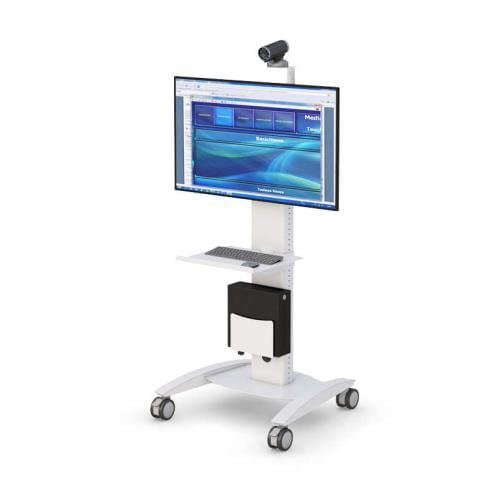
Mobility and Flexibility:
Mobile communication carts are equipped with wheels, making them easy to move around. This mobility allows educators to bring the technology to different locations within a school or training center, adapting to various teaching environments.
 Remote Learning Support:
Remote Learning Support:
In the context of remote classrooms, these carts often come with video conferencing capabilities, allowing teachers to conduct virtual classes. This is especially important during times when physical presence in the classroom is not possible or practical.
Interactive Teaching:
Mobile carts may include interactive displays or smart boards, enabling teachers to engage students more interactively and dynamically. This technology allows for real-time collaboration, annotation, and interactive exercises, enhancing the learning experience.
AV Equipment Integration:
These carts often come equipped with audiovisual (AV) equipment such as cameras, microphones, and speakers. This integration facilitates clear communication between remote participants, ensuring that both the teacher and students can interact effectively.
Tech Integration for Training Centers:
In training centers, mobile communication carts are used to integrate various technologies needed for effective training sessions. This could include video demonstrations, interactive simulations, and virtual labs, creating a more immersive learning environment.
Quick Setup and Deployment:
Mobile communication carts are designed for easy setup and deployment. This is especially valuable in situations where educators need to quickly transition between different classrooms or training spaces.
 Access to Resources:
Access to Resources:
These carts may also include storage space for educational materials, devices, and other resources. This ensures that teachers have easy access to the tools they need during a class or training session.
Technology Standardization:
Using mobile communication carts allows educational institutions and training centers to standardize the technology used across different spaces. This standardization can simplify training for educators and ensure a consistent learning experience for students.
Adaptability to Hybrid Models:
With the rise of hybrid learning models that combine in-person and remote elements, mobile communication carts provide a bridge between physical and virtual classrooms, accommodating the needs of both scenarios.
Overall, the use of a remote mobile communication cart aligns with the evolving landscape of education and training, supporting innovative teaching methods and addressing the challenges posed by remote and hybrid learning environments.
Call us at: +1 (800) 663-3412 or E-mail us directly at: afcsales@afcindustries.com

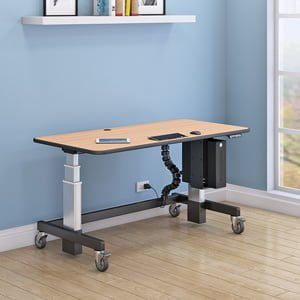


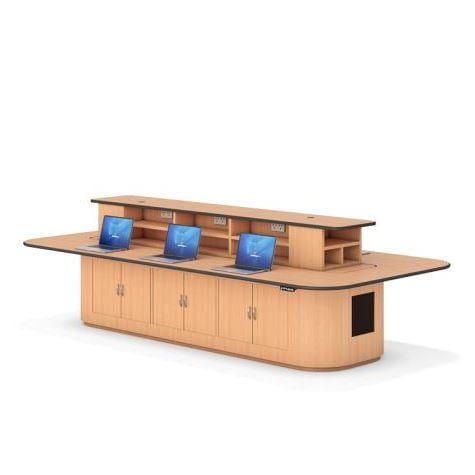
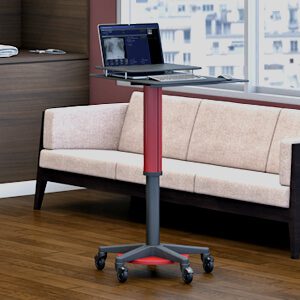

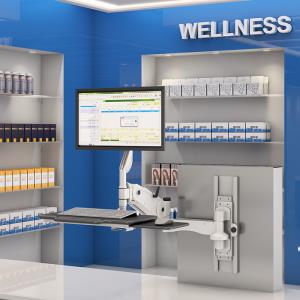

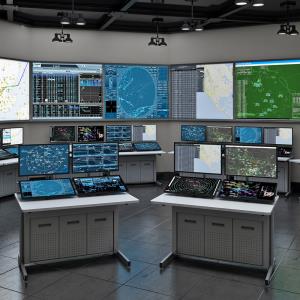
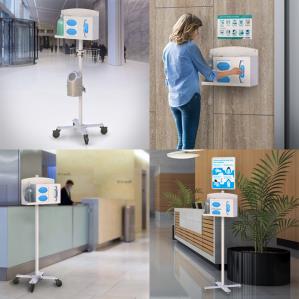
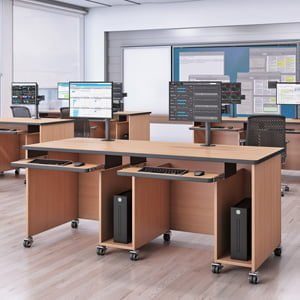
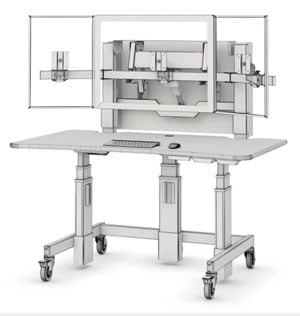



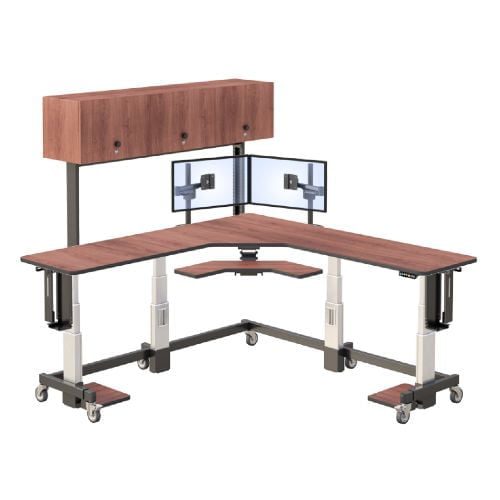
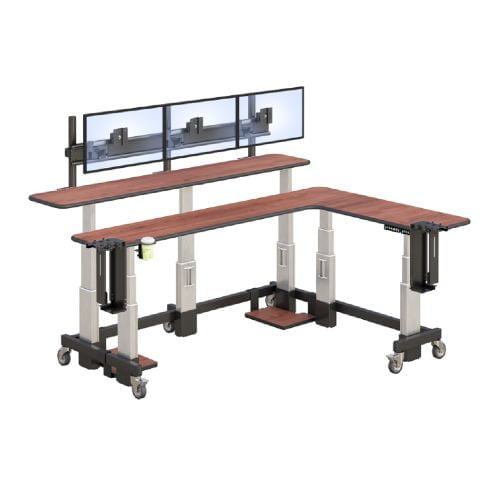


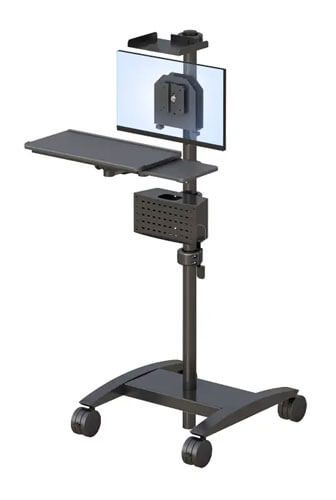
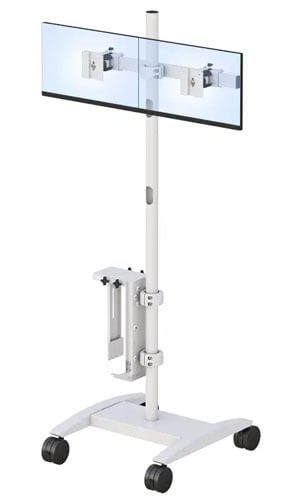
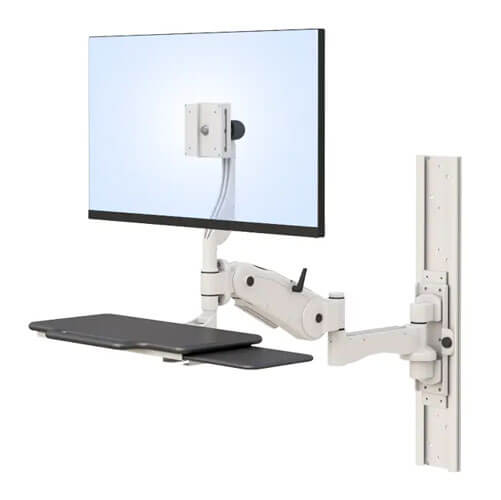
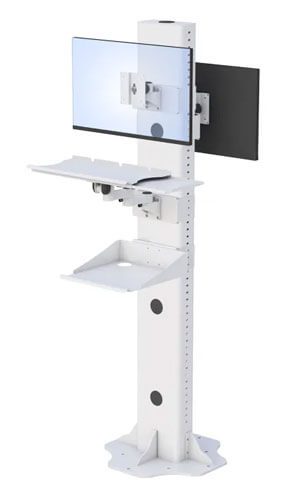
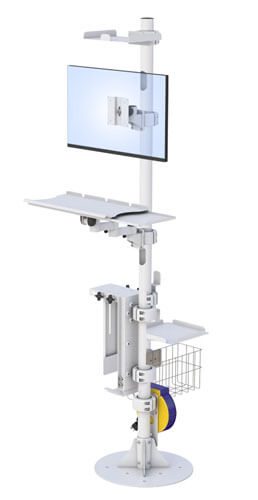


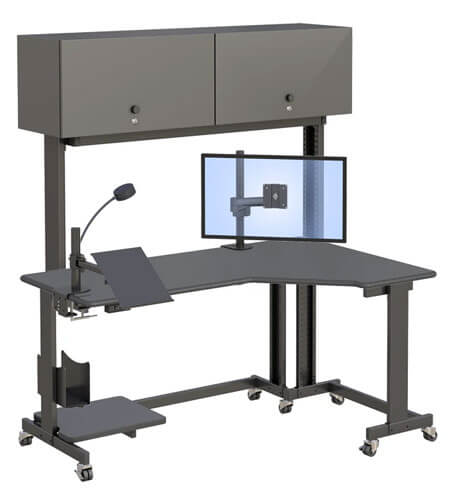
 Remote Learning Support:
Remote Learning Support: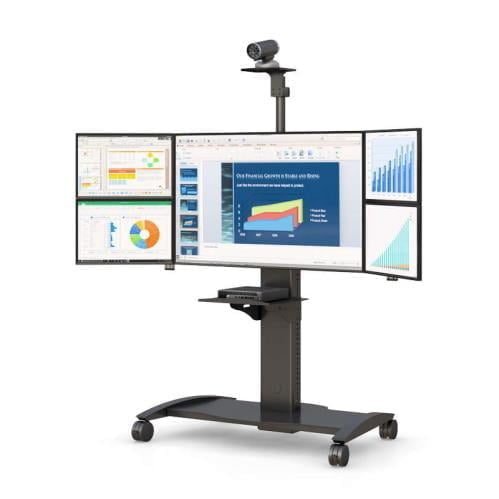 Access to Resources:
Access to Resources: